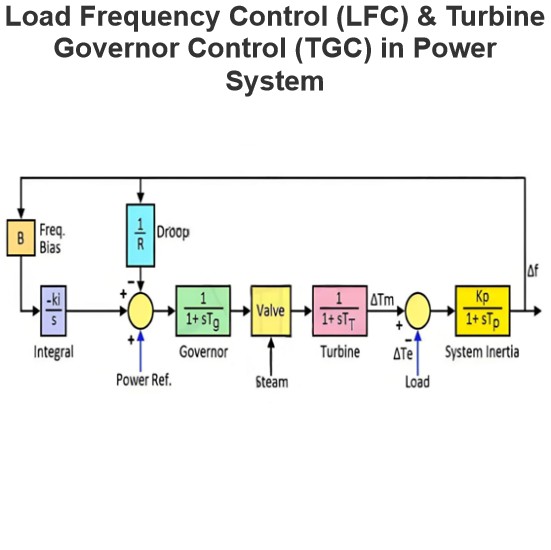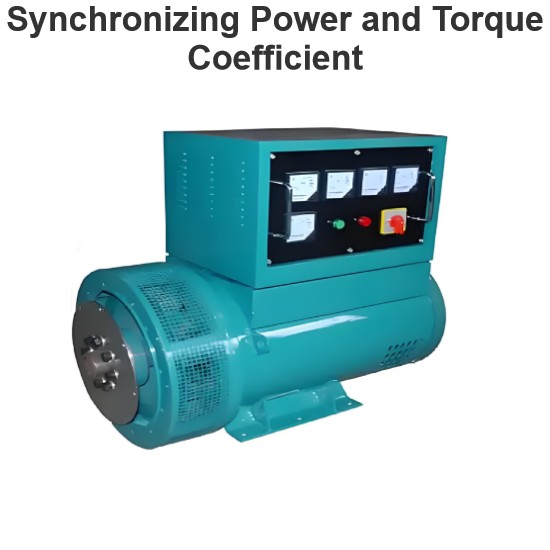Does NTC cause any impedance problems?
Can NTC Cause Any Impedance Issues?
NTC (Negative Temperature Coefficient) thermistors are electronic components whose resistance decreases as temperature increases. They are widely used in temperature measurement, temperature compensation, and overheat protection applications. However, in certain scenarios, NTC thermistors can lead to impedance-related issues. Below are several potential situations and their solutions:
1. High Initial Impedance
Issue: At low temperatures, the resistance of an NTC thermistor is relatively high. If the circuit design does not account for this, it may result in excessive startup current or failure to start properly.
Solution: Choose an appropriate NTC model that meets the circuit's requirements within the operating temperature range. Consider paralleling a fixed resistor to reduce the overall impedance.
2. Impedance Fluctuations Due to Temperature Changes
Issue: The impedance of an NTC thermistor varies significantly with temperature changes, which can lead to signal instability or reduced accuracy. This fluctuation can affect the precision of readings, especially in applications requiring high-accuracy temperature measurements.
Solution: Use NTC thermistors with more stable characteristics and incorporate calibration and compensation measures in the circuit design. For example, implement software algorithms for temperature compensation.
3. Self-heating Effect
Issue: When current passes through an NTC thermistor, it generates heat, causing its own temperature to rise and altering its resistance. This phenomenon, known as self-heating, can introduce measurement errors.
Solution: Select low-power NTC thermistors and minimize the current passing through them. Additionally, incorporate heat dissipation measures such as heatsinks or fans in the design.
4. Frequency Response Characteristics
Issue: In high-frequency applications, the impedance characteristics of NTC thermistors may change due to parasitic capacitance and inductance, affecting their performance, especially at higher frequencies.
Solution: Choose NTC thermistors optimized for high-frequency applications, which typically have reduced parasitic parameters. Alternatively, incorporate filters or matching networks in the circuit design to improve high-frequency response.
5. Aging and Long-term Stability
Issue: Over time, NTC thermistors may experience aging, leading to changes in their impedance characteristics and affecting the system's long-term stability.
Solution: Select high-quality, reliable NTC thermistors and perform regular calibration and maintenance. Also, allow for some margin in the design phase to accommodate potential aging issues.
6. Environmental Factors
Issue: Environmental factors such as temperature and humidity can also impact the impedance characteristics of NTC thermistors, leading to inaccurate measurements or degraded system performance.
Solution: During design and installation, minimize the influence of environmental factors on NTC thermistors. For example, use protective enclosures or encapsulation materials to isolate them from external environments.
Summary
While NTC thermistors perform well in many applications, they can indeed cause impedance-related issues in specific scenarios. To overcome these issues, designers need to carefully select suitable NTC models and implement appropriate compensation and protective measures based on the specific circuit requirements.
The Electricity Encyclopedia is dedicated to accelerating the dissemination and application of electricity knowledge and adding impetus to the development and innovation of the electricity industry.













